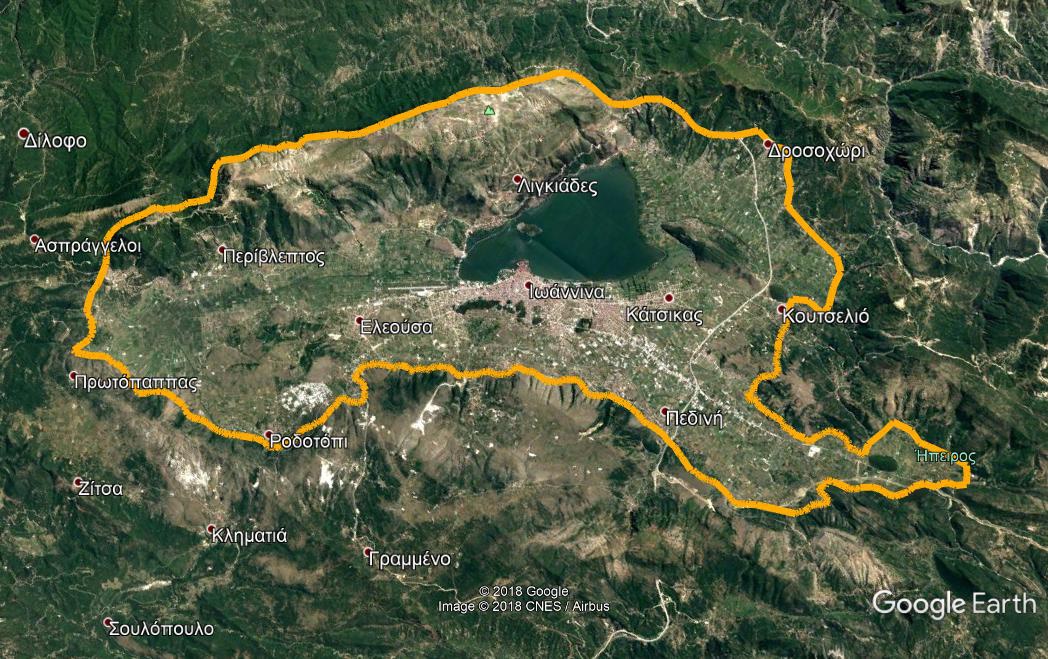
Uploaded on 2019-08-28 by MARINA VENETI
Note! this image is found on internet at http://www.ecoioannina.gr/category/photo-bird-race/ > We relate the UHI effect to such urban morphological parameters as the amount of green cover, presence of water bodies, and population densities at neighborhood scale than to the number of total inhabitants in the city. Ioannina is the capital and largest city of the Ioannina Regional Unit and of Epirus, an administrative region in north-western Greece. It's built on a basin at an elevation of approximately 500 metres above sea level, on the western shore of lake Pamvotis. Its Municipality covers an Area of 403,32 square kilometers and has a population of approximately 112.486 inhabitants [Census, 2011]. Its Population Density is 278,9 ab/km². The Municipality zone is mostly covered by grassland, agricultural use, forests, water surfaces, built up areas, while the 74% of the region, is mountainous areas. > Urban heat island effects (UHI) are defined by temperatures in urban regions exceeding those in surrounding rural regions. The climate is mild, and generally warm and temperate (in winter, there is much more rainfall in Ioannina than in summer) of the Csa type [Köppen, 1931]. The temperature averages 13.2 °C. Precipitation averages 1081 mm. sourse https://en.climate-data.org/europe/greece/ioannina/ioannina-1375/#climate-graph